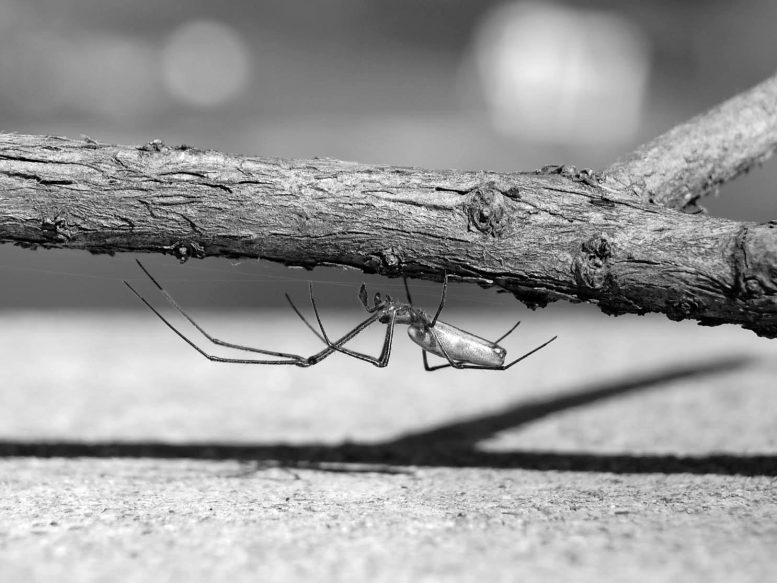
Some shoreline spiders, such as the long-jawed spider shown here, move mercury contamination from riverbeds up the food chain to land animals. Credit: Dr. Ryan Otter, Grand Valley State University
Researchers have highlighted the role of certain shoreline spiders, particularly long-jawed spiders, in moving mercury contamination from aquatic regions to terrestrial ecosystems. Mercury, which largely comes from industrial pollution, can enter water systems and be converted into a toxic form, methylmercury. This methylmercury then travels up the aquatic food chain and is consumed by spiders, which are, in turn, eaten by land animals.
Sitting calmly in their webs, many spiders patiently await for prey to come to them. Arachnids along lakes and rivers eat aquatic insects, such as dragonflies. When these insects live in mercury-contaminated waterways, they can pass the metal along to the spiders that feed on them. Now, researchers reporting in ACS’ Environmental Science & Technology Letters have demonstrated how some shoreline spiders can move mercury contamination from riverbeds up the food chain to land animals.
Origins and Transfer of Mercury
Most mercury that enters waterways originates from industrial pollution and other human activities, but it can also come from natural sources. Once in the water, microbes transform the element into methylmercury, a more toxic form, which biomagnifies and increases in organisms up the food chain.
Scientists increasingly recognize spiders living on lakeshores and riverbanks as a potential link between contamination in waterways and animals that mostly live on land, such as birds, bats, and amphibians, which eat the insects. So, Sarah Janssen and colleagues wanted to assess if shoreline spiders’ tissues contain mercury from nearby riverbeds and establish how these animals could connect mercury pollution in water and land animals.
Research Findings
The research team collected long-jawed spiders along two tributaries to Lake Superior, and they sampled sediments, dragonfly larvae, and yellow perch fish from these waterways. Next, the team measured and identified the mercury sources, including direct industrial contamination, precipitation, and runoff from soil. The team observed that the origin of mercury in the sediments was the same up the aquatic food chain in wetlands, reservoir shorelines and urban shorelines. For instance, when sediment contained a higher proportion of industrial mercury, so did the dragonfly larvae, spider, and yellow perch tissues that were collected.
Based on the data, the scientists say that long-jawed spiders could indicate how mercury pollution moves from aquatic environments to terrestrial wildlife. The implication of these findings is that spiders living next to the water provide clues to the sources of mercury contamination in the environment, informing management decisions and providing a new tool for monitoring of remediation activities, explain the researchers.
Species Variations and Contamination
The researchers also collected and analyzed tissues from two other types of arachnids from some sites: fishing spiders and orb-weaver spiders. A comparison of the data showed that the mercury sources varied among the three taxa. The team attributes this result to differences in feeding strategies. Fishing spiders hunt near water but primarily on land; orb-weavers eat both aquatic and terrestrial insects; but it’s the long-jawed species that feed most heavily on adult aquatic insects.
According to the researchers, these results suggest that although long-jawed spiders can help monitor aquatic contaminants, not every species living near the shore is an accurate sentinel.
Reference: “Mercury Isotope Values in Shoreline Spiders Reveal the Transfer of Aquatic Mercury Sources to Terrestrial Food Webs” by Sarah E. Janssen, Christopher J. Kotalik, Collin A. Eagles-Smith, Gale B. Beaubien, Joel C. Hoffman, Greg Peterson, Marc A. Mills and David M. Walters, 13 September 2023, Environmental Science & Technology Letters.
DOI: 10.1021/acs.estlett.3c00450
The authors acknowledge funding from the U.S. Geological Survey Environmental Health Program and the U.S. Environmental Protection Agency Great Lakes Restoration Initiative.

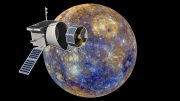
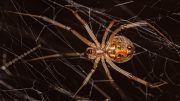
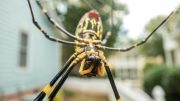

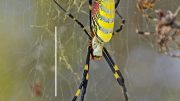
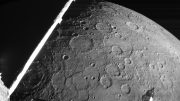

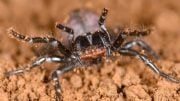
Be the first to comment on "Web of Contamination: Shoreline Spiders Transfer Mercury up the Food Chain"